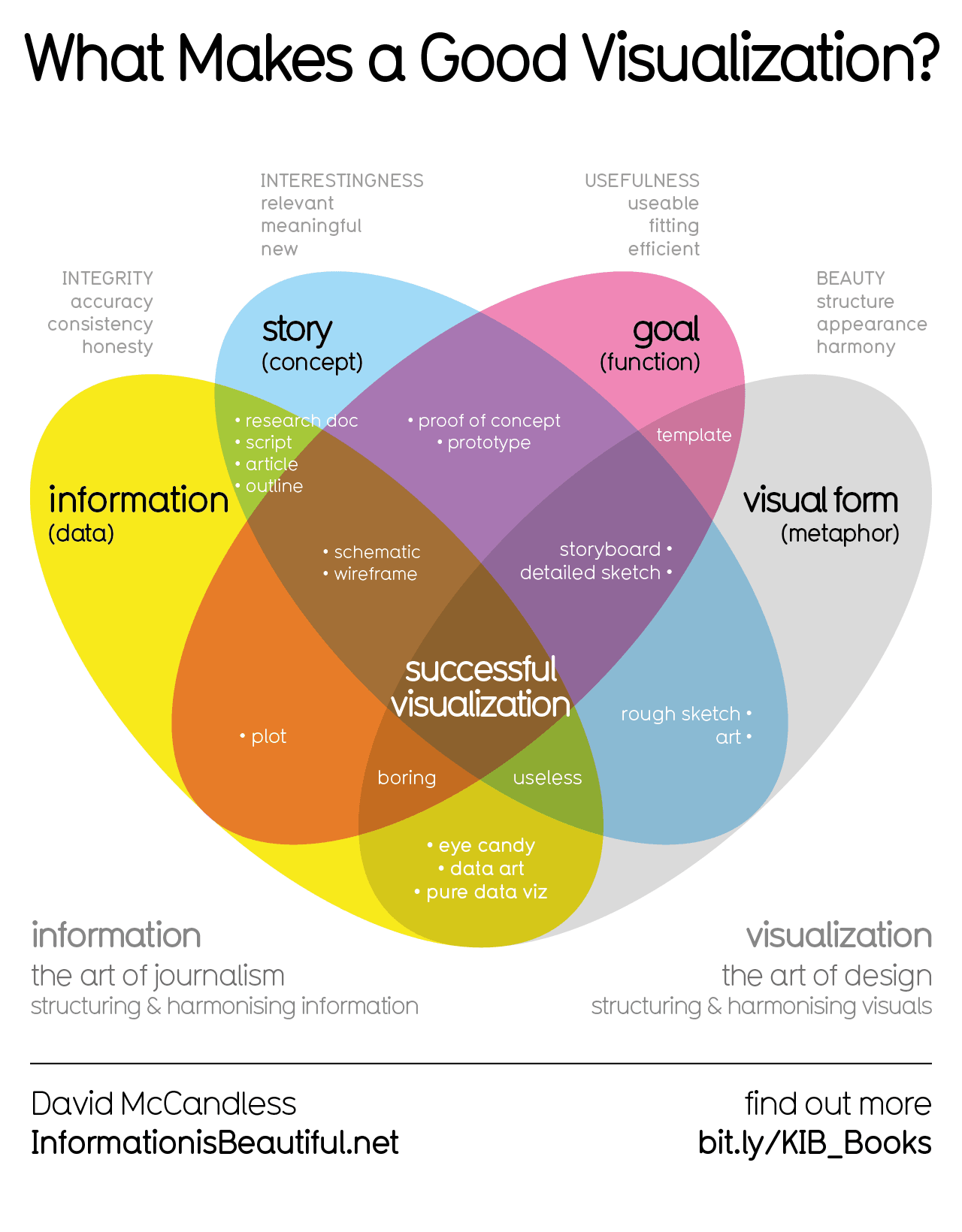I really couldn’t enjoy them. It was going against my grain and I could tell every upcoming emotion upfront. It reminded me of these short-cutted youtube videos.
Some scenes were nostalgic but I did indeed feel robbed for all the potential stories missed and overwritten.
Since my friends had a good time I just focused on these few nostalgic moments which were nice to see after such a long time. You gifted me the opportunity to reflect which I appreciate.
The prequels are god awful movies and you seem to have no issue with them.
Hehe, you read me like a book. I even liked episode one very much.


















Your selfless wish may be granted wwussh @TheBananaKing@lemmy.world